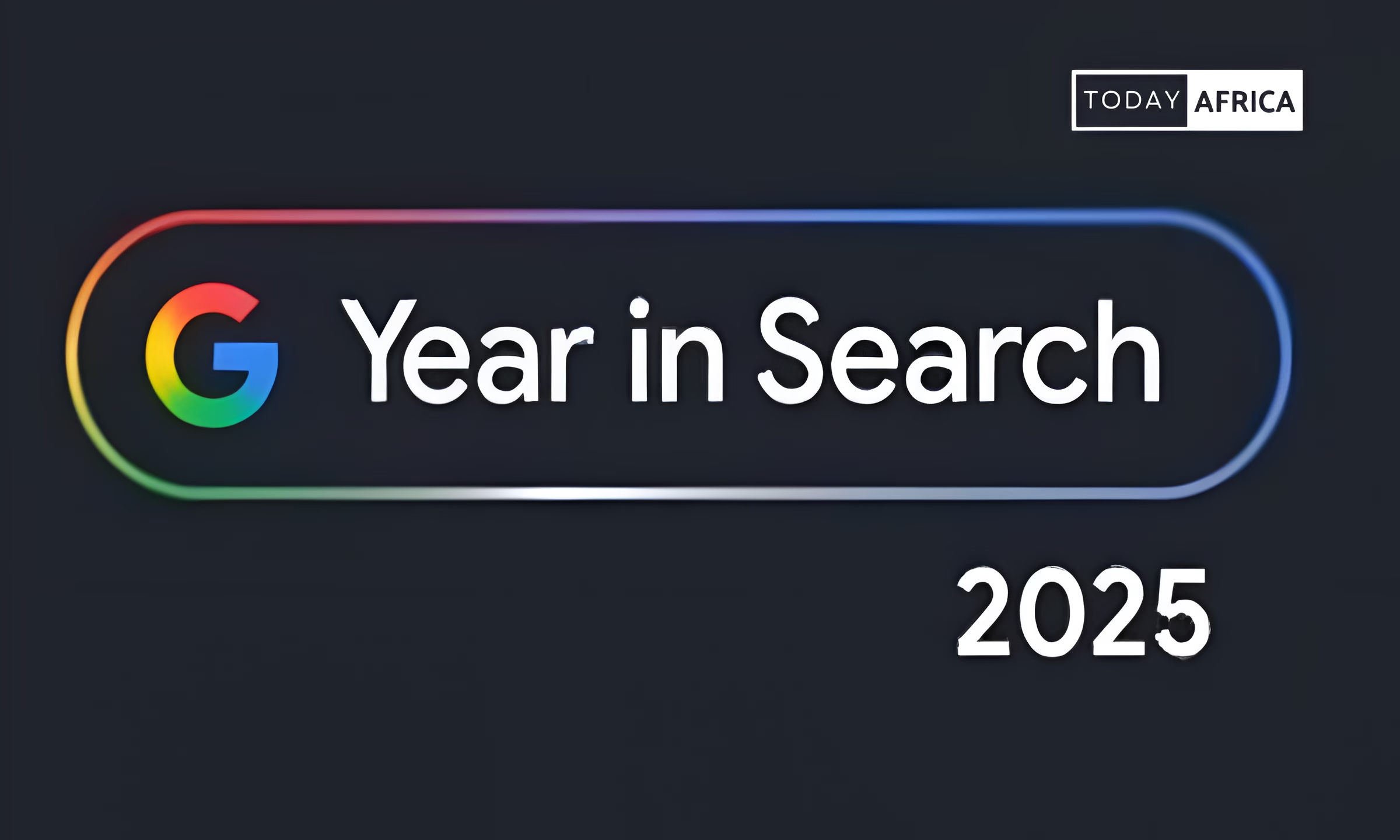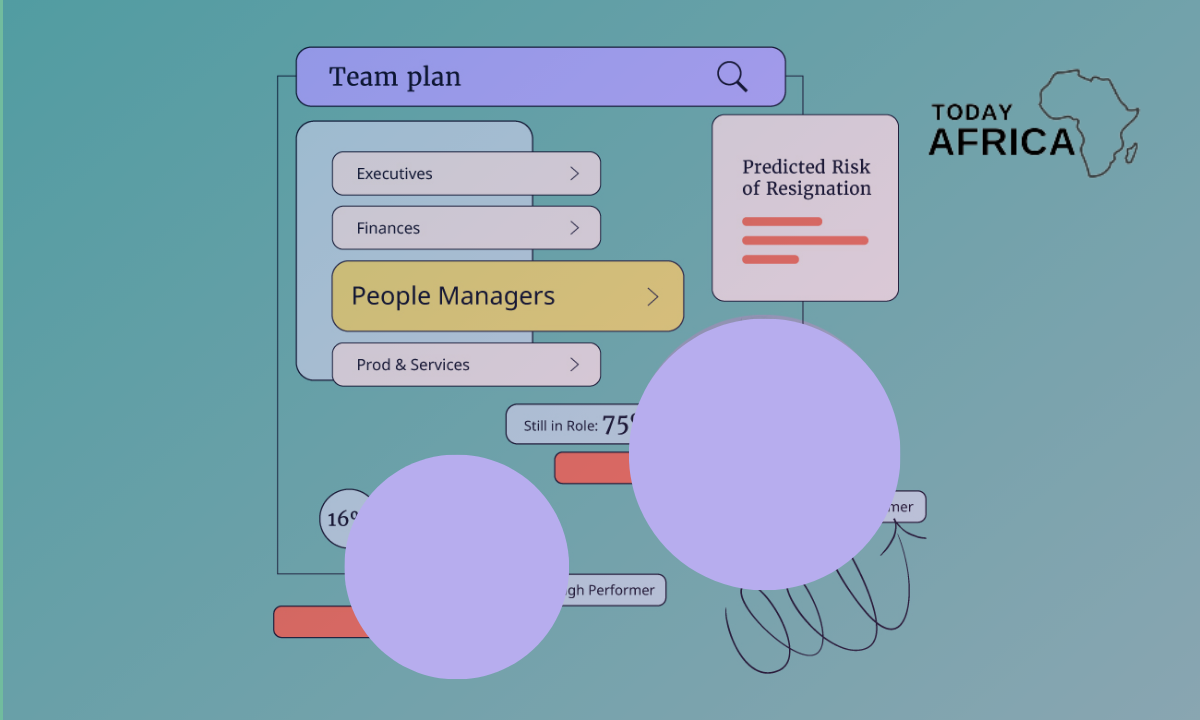The competitiveness of modern business demands a lean, agile approach to strategy and planning.
If you’re a business owner or entrepreneur seeking to streamline operations and improve service delivery, the lean canvas for my business services offers a simple yet effective framework.
This blog post will guide you through the concept, benefits, and application of the lean canvas, helping you transform your business model for greater success.
What is Lean Canvas?
Traditional business plans are often too cumbersome to accommodate agile changes. This is where the Lean Canvas for my business services comes in—a streamlined, one-page business model that focuses on the core elements needed to validate your business idea.
Originating from the lean startup methodology, the lean canvas is specifically designed to eliminate wasteful planning and ensure that every aspect of your business strategy is tested and validated.
By utilizing the Lean Canvas, you can break down your business model into its essential components, enabling you to:
- Identify your target audience more effectively.
- Recognize and validate the key problems your services address.
- Develop a unique value proposition that differentiates you from competitors.
- Create a clear path to revenue generation and growth.
This lean approach isn’t just for startups; it’s equally beneficial for established businesses looking to refine their service offerings and operations.
Why use a lean canvas for business services?
When it comes to business services, flexibility and clarity are crucial. The Lean Canvas offers several advantages that make it a must-have tool for any service-based business:
1. Clarity and focus
A traditional business plan can be overwhelming, especially when you’re juggling multiple service lines or trying to innovate in a saturated market. The Lean Canvas forces you to focus on the essentials: the problems you’re solving, the customers you’re serving, and how you’re going to generate revenue. This clarity helps in making quick, data-driven decisions that can pivot your business as needed.
2. Speed and agility
In the digital age, speed is a competitive advantage. The Lean Canvas encourages rapid testing and iteration, allowing you to quickly validate ideas and pivot if necessary. This agility is particularly important in service industries, where customer needs and market trends can change rapidly.
3. Customer-centric approach
One of the core strengths of the Lean Canvas is its emphasis on understanding customer problems and needs. By identifying specific pain points and tailoring your services to address them, you can build a more loyal customer base and differentiate yourself from competitors.
4. Risk mitigation
Investing time and resources into an unproven business model can be risky. The Lean Canvas helps you identify potential pitfalls early on, allowing you to mitigate risks before they escalate into major issues. This proactive approach ensures that your business services remain resilient in the face of unexpected challenges.
5. Cost-effective planning
For many small business owners and startups, resources are limited. The Lean Canvas is a cost-effective way to plan your business model without the need for extensive market research or expensive consultants. Its simplicity makes it accessible to anyone willing to invest the time in understanding their business fundamentals.
Read Also: 6 Best Business Models for Startups This Year
Breaking down the lean canvas
The Lean Canvas is divided into nine key sections. Each segment is designed to help you think through every aspect of your business services. Let’s break down each element:
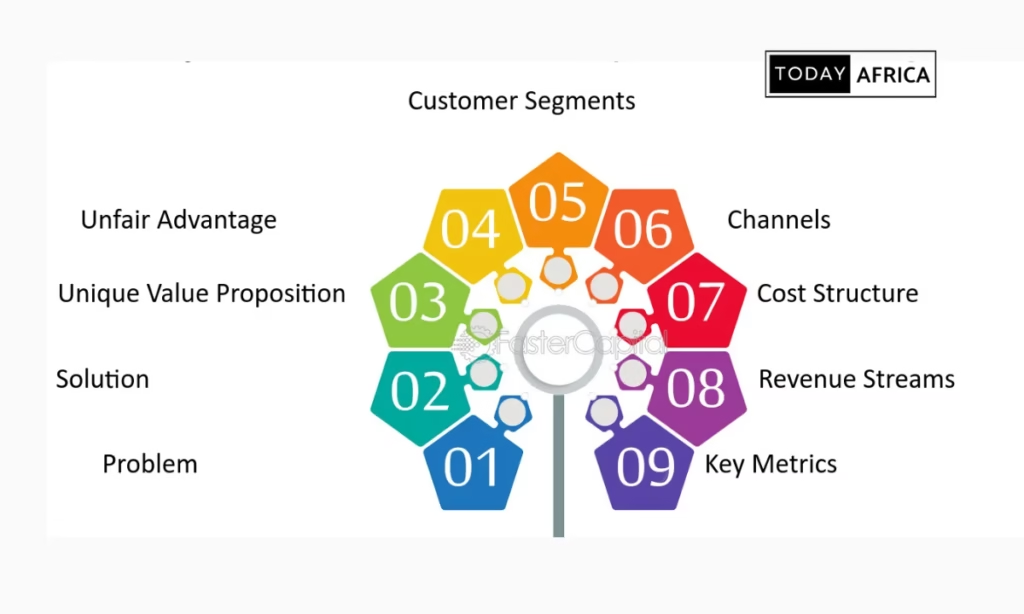
1. Problem
The first step is identifying the core problems that your target audience faces. When considering the lean canvas for my business services, pinpoint the most critical pain points that your service aims to solve. Ask yourself:
- What challenges are my customers currently experiencing?
- How do these challenges affect their daily operations or overall satisfaction?
- What are the consequences if these problems remain unresolved?
Documenting these issues in the Lean Canvas helps to ensure that your services are designed to address real, pressing needs.
2. Customer segments
Next, define your target customer segments. This section requires you to think about:
- Who are your ideal customers?
- What are their demographics, preferences, and behaviors?
- How can you tailor your services to meet the unique needs of each segment?
By clearly defining your customer segments, you can focus your marketing efforts more effectively and create personalized strategies that resonate with your audience.
3. Unique value proposition
Your unique value proposition (UVP) is the compelling reason why customers should choose your services over those of your competitors. It should be:
- Clear and concise
- Focused on the benefits and outcomes of your services
- Easily communicated in marketing materials
A strong UVP is the cornerstone of your business strategy. It explains not just what you do, but why it matters to your customers.
4. Solution
In this section, outline the solution your business services provide to address the identified problems. Your solution should be practical, feasible, and directly tied to your UVP. Consider:
- What are the specific features of your service?
- How do these features solve customer pain points?
- What makes your solution stand out in a competitive market?
This clarity in your service offering can significantly impact customer satisfaction and retention.
5. Channels
Identifying the right channels is essential for reaching your target audience. Think about:
- Which platforms are your customers most active on?
- How can you use digital marketing, social media, or traditional advertising to promote your services?
- What partnerships or networks can you leverage to expand your reach?
An effective channel strategy ensures that your message is delivered to the right audience at the right time.
6. Revenue streams
How will your business generate revenue? This section requires you to explore:
- The pricing models for your services (subscription, pay-per-use, tiered pricing, etc.)
- Any additional revenue streams (upselling, cross-selling, etc.)
- The long-term financial viability of your business model
A well-defined revenue model is critical for sustaining your business over time.
7. Cost structure
Understanding your cost structure helps in planning your budget and ensuring profitability. Identify:
- The fixed and variable costs associated with delivering your services
- Any initial investments required to set up your operations
- Potential cost-saving measures and areas for efficiency
Managing your costs effectively will allow you to maximize profits and reinvest in growth.
8. Key metrics
Key metrics help you measure the success of your business services. These should be specific, measurable, attainable, relevant, and time-bound (SMART). Consider metrics such as:
- Customer acquisition cost (CAC)
- Customer lifetime value (CLTV)
- Churn rate
- Return on investment (ROI)
Tracking these metrics provides valuable insights into your business performance and helps in making data-driven decisions.
9. Unfair advantage
Finally, determine your unfair advantage. This is the element that your competitors cannot easily replicate. It might be:
- A unique technology or process
- Exceptional customer service
- Exclusive partnerships or market insights
Your unfair advantage is the secret sauce that sets your business services apart and ensures long-term success.
Read Also: 6 Business Model Canvas Examples to Learn from This Year
Steps to create your lean canvas
Creating your Lean Canvas is a process that involves both introspection and market research. Follow these steps to develop a robust Lean Canvas for your business services:
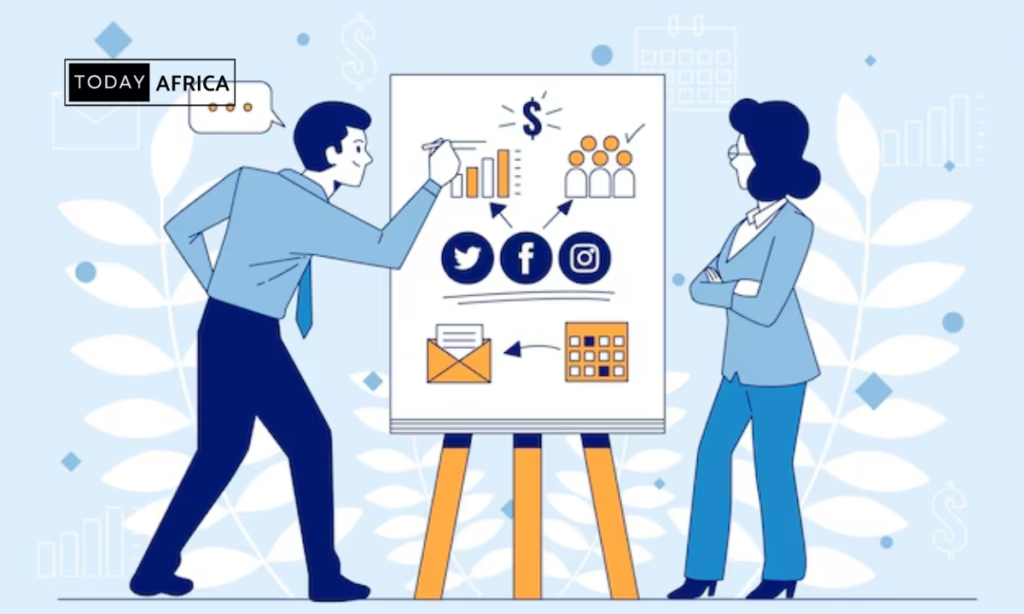
1. Gather your team
Involve key stakeholders in the process. Collaborate with team members from different departments to gain a holistic view of the business. Their diverse perspectives can help identify blind spots and uncover hidden opportunities.
2. Conduct customer research
Talk to your customers. Use surveys, interviews, and focus groups to understand their needs, pain points, and expectations. This feedback is invaluable in ensuring that your Lean Canvas accurately reflects the market reality.
3. Brainstorm and validate problems
List out the top three to five problems that your customers face. Validate these problems through customer interviews and online reviews. Ensure that these issues are significant enough to warrant a targeted solution.
4. Define your customer segments
Segment your audience based on demographics, behavior, and needs. Creating detailed customer personas can be extremely helpful in this stage. The more specific you are, the better you can tailor your services.
5. Craft a unique value proposition
Develop a UVP that clearly articulates the benefits of your service. Use customer feedback and competitive analysis to refine your message. Make sure it resonates with the specific problems and needs of your target audience.
6. Outline your solution
Detail how your services address the identified problems. Break down the solution into its core features and benefits. Consider creating a simple prototype or pilot program to test your solution in the real world.
7. Identify the right channels
Research and choose the channels that best reach your target audience. Whether it’s social media, email marketing, or strategic partnerships, ensure that your chosen channels align with customer preferences and behaviors.
8. Develop your revenue model
Plan out how you will charge for your services. Consider different pricing strategies and test them with a small segment of your market. Refine your model based on customer feedback and market conditions.
9. Map out your cost structure
List all the costs involved in delivering your service—from initial setup costs to ongoing operational expenses. Identify opportunities for cost savings without compromising quality.
10. Establish key metrics
Determine which metrics will best measure your success. Set clear targets and establish a regular review process to track progress. Use this data to refine your business model continually.
11. Define your unfair advantage
Think about what sets your service apart. It could be anything from proprietary technology to a particularly talented team. Emphasize this advantage in your marketing and strategic planning.
Common mistakes to avoid
While the Lean Canvas is a powerful tool, there are several pitfalls you should be aware of when creating one for your business services:
1. Overcomplicating the canvas
The Lean Canvas is meant to be simple and concise. Avoid the temptation to overfill it with too much detail. Keep your entries clear and focused on the essentials.
2. Ignoring customer feedback
Your canvas should be a living document that evolves with customer insights. Failing to incorporate real feedback can lead to misguided assumptions and missed opportunities.
3. Neglecting the revenue model
A strong business model must be financially sustainable. Don’t overlook the importance of clearly defining your revenue streams and pricing strategies.
4. Forgetting to update the canvas
Market conditions change, and so should your canvas. Regularly review and update your Lean Canvas to reflect new insights, market trends, and business developments.
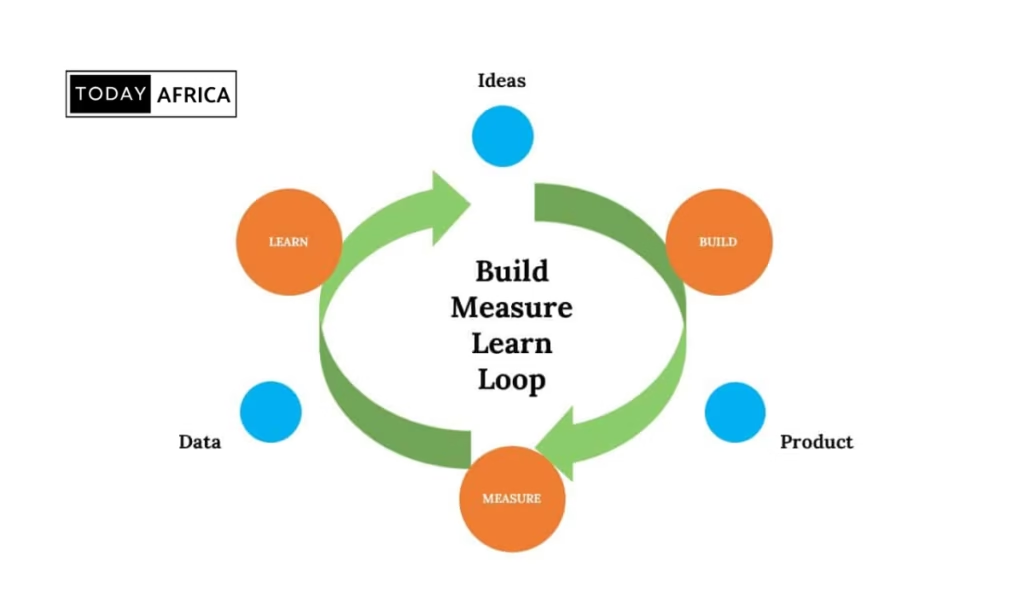
5. Lack of clear metrics
Without clear key metrics, you won’t know whether your strategy is working. Define your success indicators from the start and track them rigorously.
Read Also: What is Tax Equity Financing?
Conclusion
In a world where efficiency and agility are paramount, adopting the lean canvas for my business services is a strategic move that can set you apart from competitors.
Whether you’re just starting out or looking to refine your existing operations, the lean canvas provides a clear, actionable framework that empowers you to tackle challenges head-on.
Embrace this lean approach, continuously iterate based on real-world feedback, and watch your business services thrive in an ever-changing market.
By focusing on clarity, customer-centricity, and a streamlined cost structure, the lean canvas is not just a planning tool—it’s a strategic asset that can transform your business. Start today by mapping out your Lean Canvas, and take the first step toward a more agile, profitable future.
Frequently asked questions
What exactly is a Lean Canvas?
A Lean Canvas is a one-page business model framework that helps you break down your business idea into nine essential components. It’s designed to be agile and adaptable, making it ideal for both startups and established businesses.
How often should I update my Lean Canvas?
The Lean Canvas should be updated regularly—ideally after any significant market shift, customer feedback session, or performance review. Keeping it current ensures that your business model remains relevant and effective.
Can I use the Lean Canvas for non-startup business services?
Absolutely. While the Lean Canvas was initially designed for startups, its principles apply equally to any business looking to streamline operations, innovate, and remain customer-focused.
What tools can help me create and maintain a Lean Canvas?
There are several online tools and templates available that can help you build your Lean Canvas, such as LeanStack, Canva, and even simple spreadsheets or whiteboard apps.
How do I measure the success of my Lean Canvas strategy?
Key performance indicators (KPIs) such as customer acquisition cost, customer lifetime value, churn rate, and ROI are vital metrics. Regularly tracking these metrics will give you insight into how well your business model is performing.
Leave a comment below and follow us on social media for update:
- Facebook: Today Africa
- Instagram: Today Africa
- Twitter: Today Africa
- LinkedIn: Today Africa
- YouTube: Today Africa Studio


